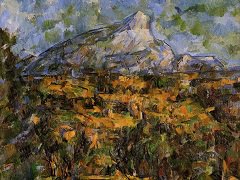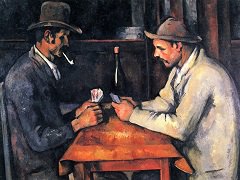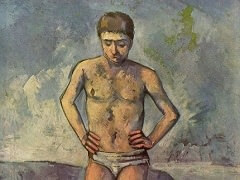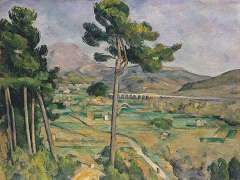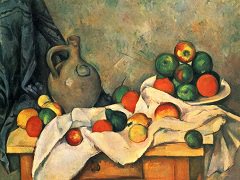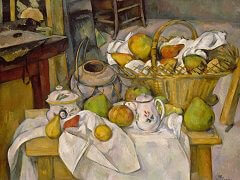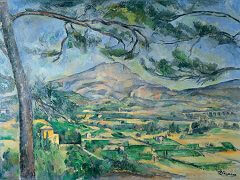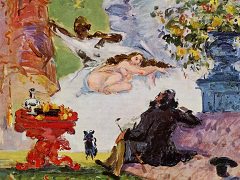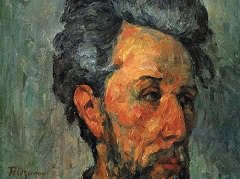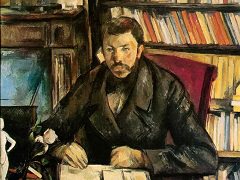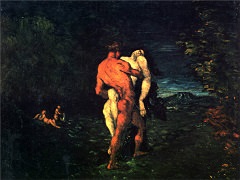The Garden at Les Lauves, 1906 by Paul Cezanne
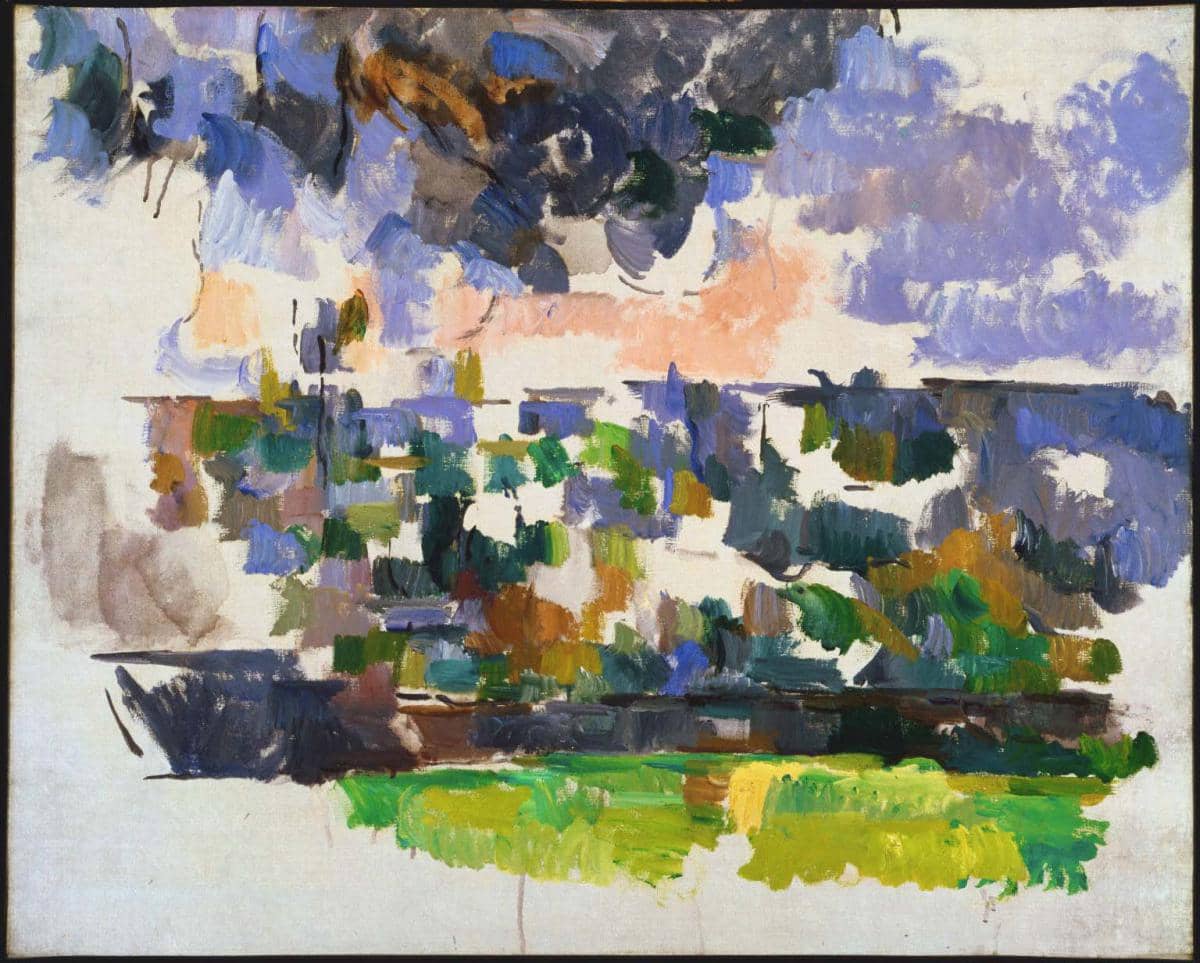
In 1901 Cézanne bought some land along the Chemin des Lauves, an isolated road on some high ground at Aix, and commissioned a studio to be built there (now open to the public). He moved there in 1903. From 1903 to the end of his life he painted in his studio.
The Garden at Les Lauves is one of Cézanne's late work. The painting resonates with structural solidity and compositional harmony. It seems to be a distilled vision of observations on conveying pictorial space that Cézanne made in a letter to Emile Bernard in 1906: "Lines parallel to the horizon give breadth, that is, a section of nature.... Lines perpendicular to the horizon give depth. But nature'''. Is more depth than surface."
Cézanne once spoke of what he called Titian, Rembrandt, and Vermeer's "sublime compromise" - the painters' ability to express profound emotion in a very personal way yet with a realism faithful to nature. In the end, Cézanne too achieved this compromise, but in a radically new fashion. In The Garden at Les Lauves, Cézanne's deep feeling for nature is translated into a series of color patches so abstract that, in hindsight, they seem to anticipate the abstract art of a far later era.


